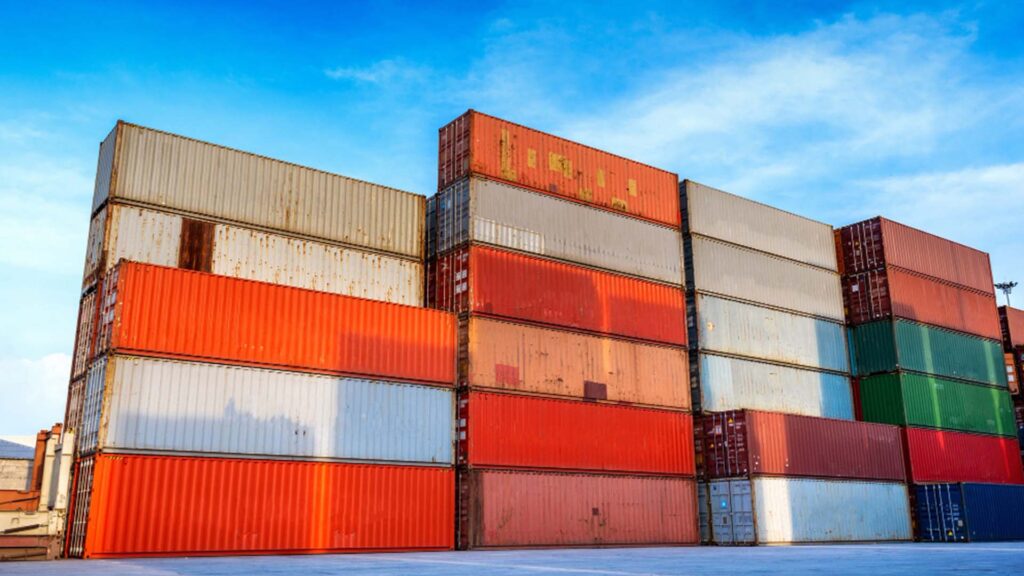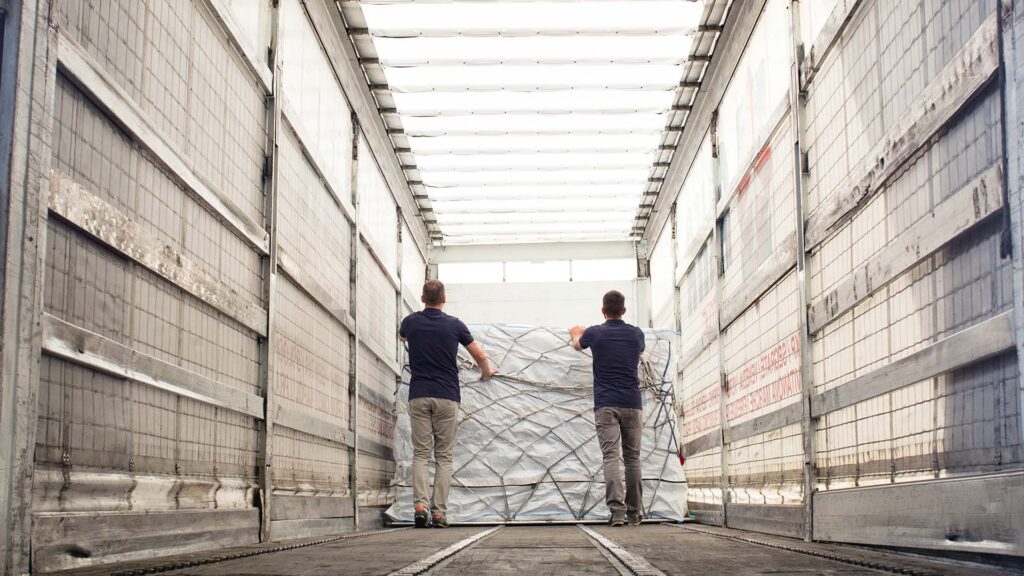There is nothing more disappointing than checking your freight only to discover unseen damages. The damage to your brand, your connections with customers, and your ability to expand as a business can far exceed the monetary costs.
If you want to evaluate cargo thoroughly upon its arrival, you should arm yourself with knowledge of some of the most typical causes of freight damage.
There are several reasons why cargo damages can occur during air freight forwarding. Some common reasons include improper packaging of the cargo, improper handling of the cargo by workers, and exposure to extreme weather conditions during transit. In some cases, cargo damages can also be caused by accidents, such as plane crashes or collisions on the runway. Additionally, cargo can be damaged during the loading and unloading process if the appropriate equipment and handling techniques are not used.
It’s important for shippers to use experienced and reliable air freight forwarders to minimize the risk of cargo damage.
What kind of cargo is at risk of getting damaged in Air Freight?
There are many different types of cargo that can be damaged during air freight forwarding. The most common type of damage is caused by weather conditions. Other types of damage include:
Water damage – Damage caused by water is a possibility if the shipment is not adequately protected from the presence of moisture while in transit.
Temperature damage – This may take place if the cargo is not adequately protected from temperatures that are too high or too low.
Physical damage – This is something that may take place if the cargo is not adequately secured while it is being transported.
The relationship between the type of cargo, the means of transport, and incidents of damage


There are many different types of cargo that can be shipped via air freight, and each type has its own unique set of characteristics. This means that the type of cargo you are shipping will partially dictate the best means of transport to use, as well as the potential for damages during transit.
Here is a rundown of some common types of cargo shipped via air freight and the associated risks:
Bulk commodities: Items such as grains, coal, and other dry goods are examples of the kinds of things that are often transported in big quantities. Because of their size and weight, they need to be loaded onto specialized equipment such as bulk loading conveyors before being transported (BLCs). Although this eliminates many of the dangers associated with manual loading, it also raises the possibility that a machine could malfunction or an operator could make a mistake, both of which could result in product loss and contamination.
Perishable goods: In order to prevent food and other perishable items from being spoiled, the temperature needs to be regulated at a standard level. Because of this, they almost always need to be transported in temperature-controlled environments, such as inside refrigerated containers or by employing some other form of temperature regulation. It is possible for these shipments to suffer from power outages or other challenges that result in ruined products if sufficient monitoring is not performed.
Fragile items: During transportation, breakage is possible with objects such as glassware, electronics, and other things that are easily broken. Because being bumped, jostled, or vibrated can all lead to breaking, it is essential to select a mode of transport that will reduce the likelihood of these adverse effects occurring. In addition to this, further caution is required when loading and unloading certain items.
Various problems are faced during Air Freight Forwarding
Broken or damaged items: When it comes to damage that can take place during the process of air freight forwarding, this is one of the most typical sorts. Items have a risk of becoming broken or damaged for a variety of different causes, like being handled roughly, having poor packing, or being involved in an accident.
Delayed shipments: Shipments that are delayed can also be considered to be a form of damage that frequently takes place throughout the process of air freight forwarding. This can frequently be the result of a number of different circumstances, including weather delays, delays at customs, or problems with the airline.
Lost Items: Unfortunately, there is a chance that certain products could be lost during the process of air freight forwarding. This may be the result of lost shipments, wrong addresses, or issues with the airline, among other potential causes.
One way to reduce Air Freight Forwarding damage: Packaging Solutions


Investing in appropriate packaging solutions is one of the most important things you can do to reduce damage throughout the process of air freight forwarding. This is one of the most important things you can do.
When selecting the appropriate packing for your cargo, here are a few things to keep in mind:
1. Use the right materials. You need to make sure that the materials you use for the packaging are sturdy enough to endure the rigors of air flight.
2. Pack items securely. Take special care to pack everything as firmly as possible and in a safe manner so that nothing moves around while it’s being transported.
3. Use cushioned materials. Protect fragile things from the impact of dropping them by wrapping them in a cushioning substance such as bubble wrap or packing peanuts.
4. Label everything clearly. Make sure that all packages are labeled clearly to identify the items and that your name and contact details are legible on the labels of each and every package in case any of the shipments is lost or damaged.
Following these tips can help reduce the risk of damage to your cargo during air freight forwarding.
When you want to ship something, you need to make sure you plan for a lot of different things, some of which you might be surprised to learn about. You need to be aware of the dimensions of the shipments as well as the total number of packages that will be contained within them.
When packing, you should always use robust boxes that can withstand being shifted about while traveling.
At Galaxy, we use world-class boxes with specifications exceeding the UN base parameters
What you can expect from our team?
- Keeping a quality management system in place that exceeds customer expectations and industry norms in the freight forwarding and logistics sector.
- Training transportation service providers and subcontractors on a regular basis.
- Keeping up with subcontractors’ agreed-upon service levels.
- Facilitating bookings with airlines and other service providers and coordinating with the transportation chain.
- Always follow the manufacturer’s directions while working with active cooling containers.
- Keeping a record of where an item is at all times throughout transit.
- quickly addressing and reporting any issues that develop.
- Observing the shipper’s handling and transportation instructions for the product.
Feel free to inquire with us about air freight forwarding, and rest assured that your valuables will be safely delivered to their destination.



